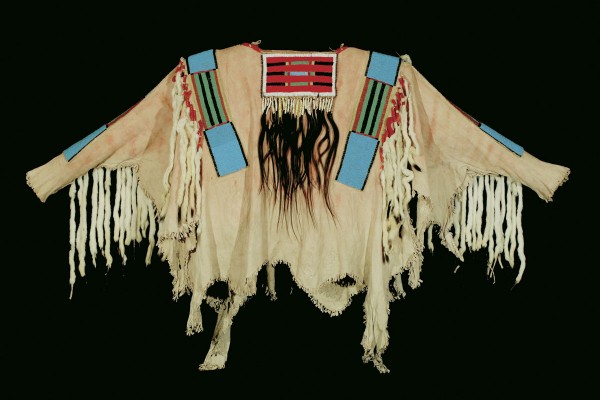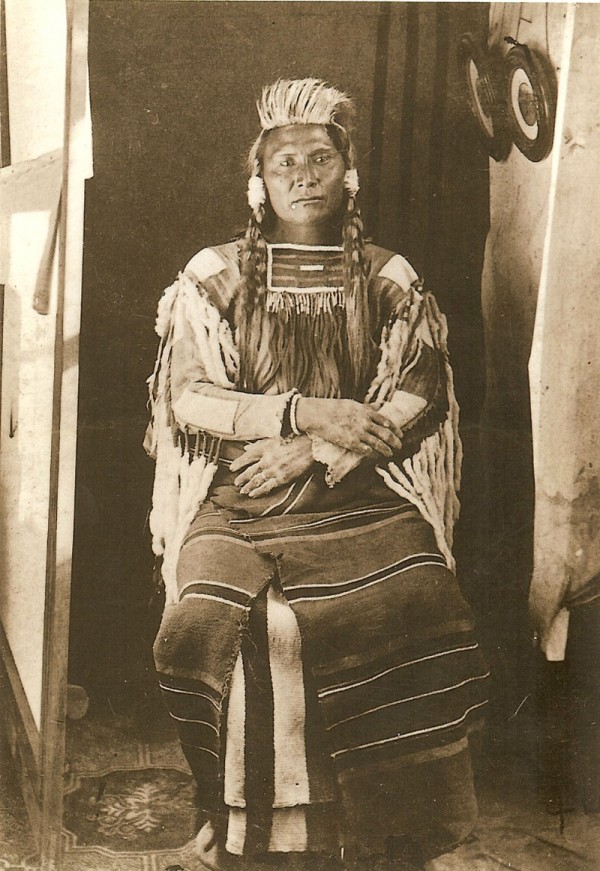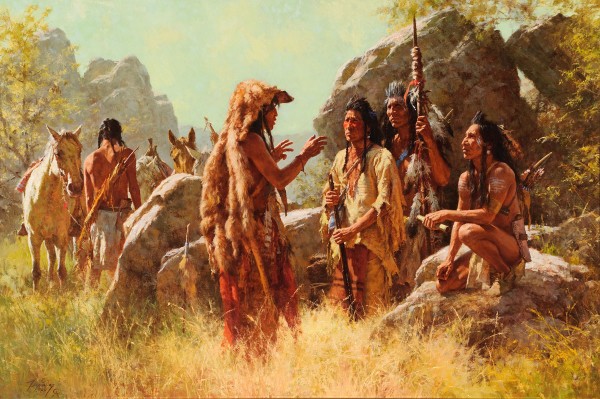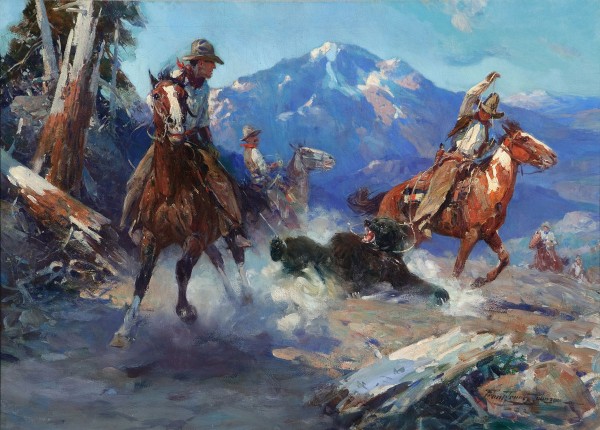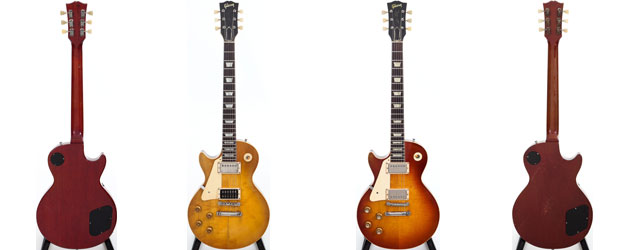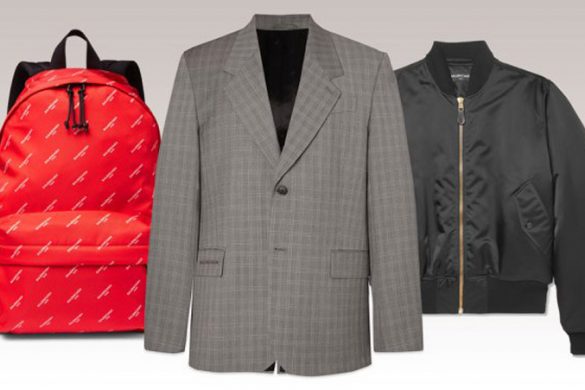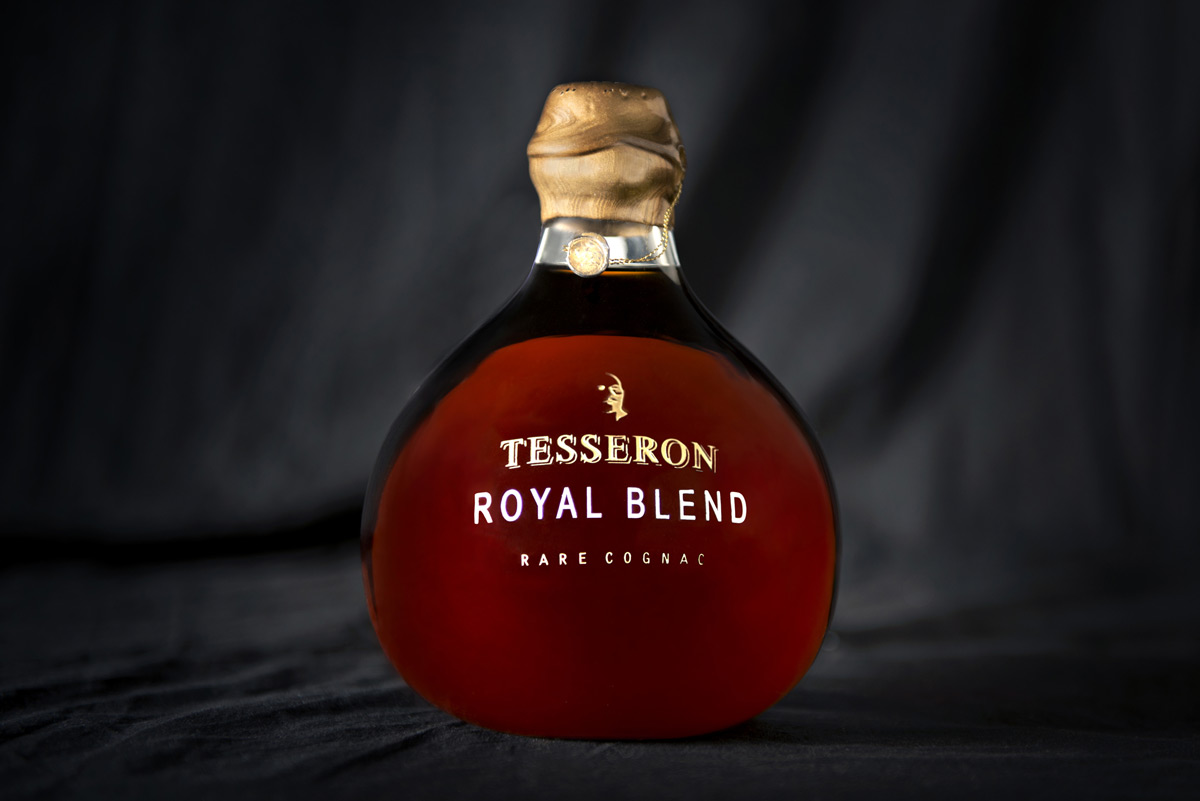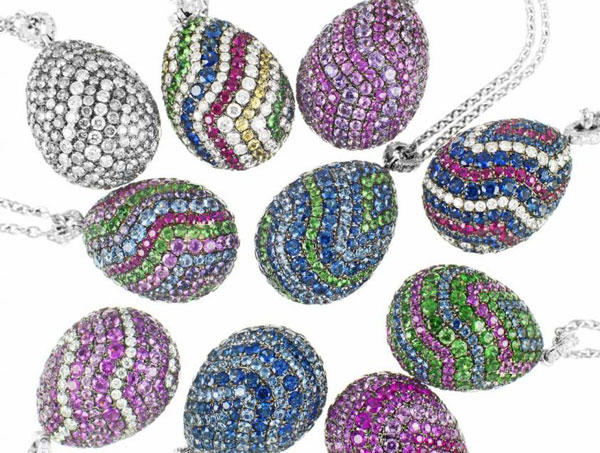Chief Joseph, or Young Joseph, known by his people as In-mut-too-yah-lat-lat (Thunder coming up over the land from the water), was best known for his resistance to the U.S. Government’s attempts to force his tribe Nez Perce onto reservations. So many years after, a poncho-style shirt, worn by Chief Joseph in 1877, during General Oliver O. Howard’s attempt to forcibly remove his band and the other “non-treaty” Nez Perce to a reservation in Idaho, was sold for $877,500 at the annual Coeur d’Alene Art Auction held in Reno, Nevada. It had been expected to bring from $800,000 to $1,200,000 at auction.
This poncho-style war shirt, once belonged to Native American humanitarian and peacemaker is made of two soft skins, bright colors and features bead work with bold geometric designs. Of course, this doesn’t make it desirable for collectors, but its role in American history. 1878, Chief Joseph posed in that shirt and that particular portrait by Cyrenius Hall, now hangs in the Smithsonian Museum, Washington, DC. The same painting was also used for a United States postage stamp.
American Indian scholar Theodore Brasser explained that warriors kept such prestigious garments clean in a saddle bag on their horse or carefully stored while in camp, to be worn only on special occasions .
Chief Joseph tried every possible appeal to the federal authorities to return the Nez Perce to the land of their ancestors. In 1885, he was sent along with many of his band to a reservation in Washington where, according to the reservation doctor, he later died of a broken heart. “From where the sun now stands, I will fight no more forever,” he said after the surrender.
At recently held auction in Reno, Nevada, more than 300 works were sold for a total of $17.2 million, up from $16.9 million last year and $9.2 million the year before. Two top-selling pieces at the auction were Howard Terpning’s “Scout’s Report” sold for $994,500, and a bit cheaper Frank Tenny Johnson’s “Cowboys Roping the Bear” sold for $965,250.

